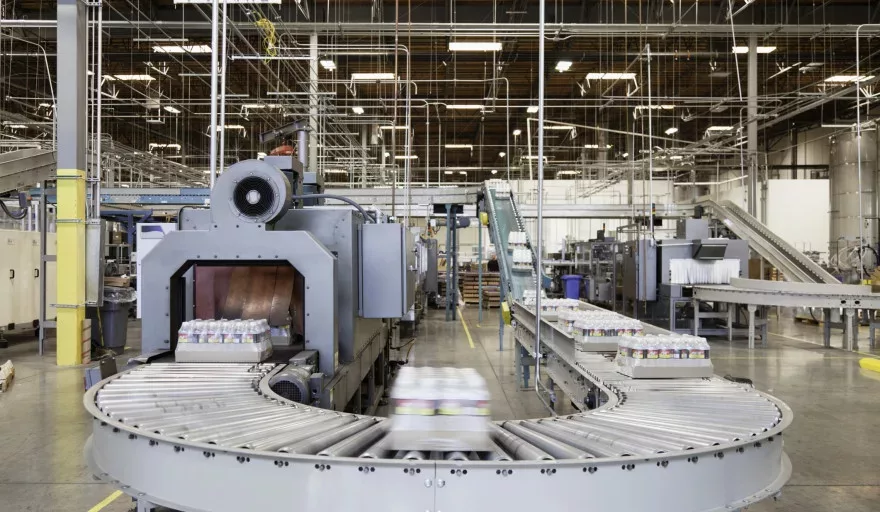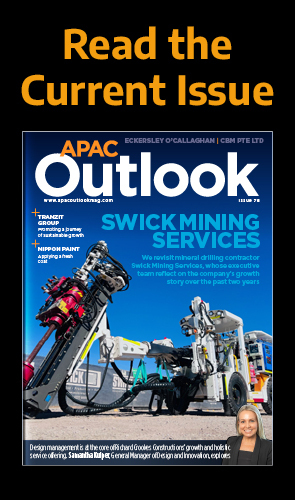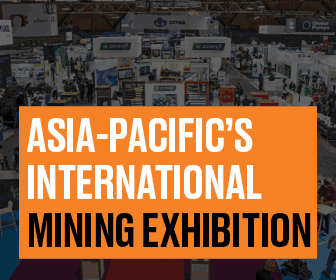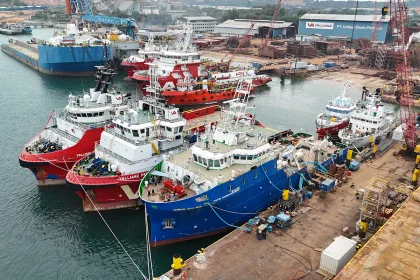Chinese manufacturing activity saw a sharp improvement in May, hitting a five-month high, says HSBC, warning that government action was needed to kickstart the world’s number two economy.
Banking giant HSBC said preliminary data from its Purchasing Managers Index (PMI) showed activity in China’s factories shrinking at a much slower pace in May than the previous month, improving from 49.7 to 48.1.
The British bank said PMI is a closely watched gauge of the health of the Asian economic powerhouse and is a key driver of global growth.
“The improvement was broad-based with both new orders and new export orders back in expansionary territory,” Qu Hongbin, HSBC’s Hong-Kong-based economist, said in a statement. Whilst this figure is below the 50-mark, which normally signals a contraction, it is the second straight month of improvement and is a telling sign that the world’s number two economy is picking up.
“Some tentative signs of stabilisation are emerging, partly as a result of the recent mini-stimulus measures and lower borrowing costs,” he added. The downside risks to growth remain with the property market, which drives expansion in a wide range of industries from steel to home decoration, continuing to cool down.
“We think more policy easing is needed to put a floor under growth in the coming months,” Qu said.
In the first three months of 2014, China’s economy grew 7.4 percent, weaker than the 7.7 percent in October-December. Premier Li Keqiang in March announced an ambitious growth target of “around 7.5 percent” for this year.
Beijing have announced a series of measures in order to bolster this target growth, including tax breaks for small enterprises, targeted infrastructure outlays and incentives to encourage lending in rural areas.



































